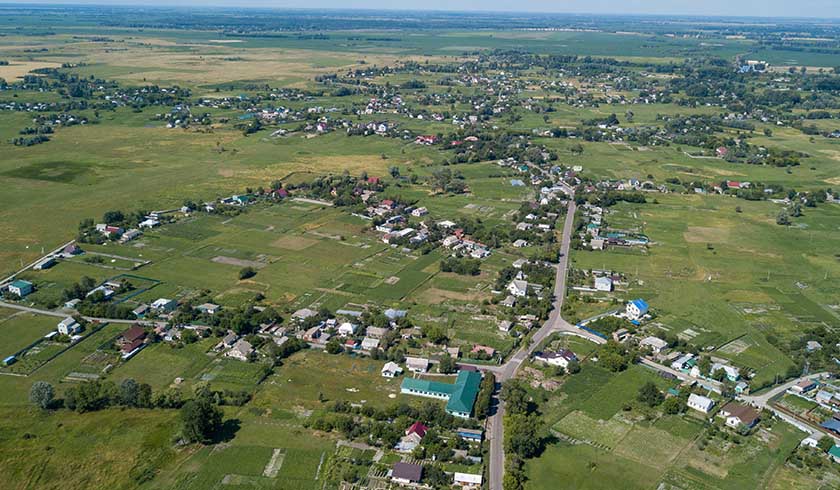Pandemic boosts rural migration by 7 per cent
The Commonwealth Bank has put a number on the boost in rural migration resulting from the relocation of remote workers to regional locations over the past 12 months.

New research by the Commonwealth Bank of Australia has found that the flow of migrants from Australia’s capital cities to regional areas rose by 7 per cent over the period from March 2020 to March 2021.
According to Commonwealth Bank’s executive general manager for regional and agribusiness banking, Grant Cairns, “These figures show the strength and appeal of regional Australia and the important role it will continue to play in Australia’s economic recovery.”
“The index demonstrates how Australians formerly living in capital cities have embraced remote ways of working as an opportunity to experience what these areas have to offer, while those already in regional areas are finding reasons to stay.”
Capital cities in NSW and Victoria recorded the highest levels of net migration outflows while regional suburbs in NSW and Queensland were the biggest beneficiaries.
Tasmania’s Launceston was one of the biggest winners here, with migration inflows rising 88 per cent in the March quarter.
Proportionally, Queensland’s Gold Coast proved to be one of the most popular destinations. It alone accounted for 11 per cent of capital city-based migrants who moved to regional areas during the March 2021 quarter.
Other popular locales included the Sunshine Coast, Greater Geelong, Wollongong and Newcastle.
“I’m optimistic about what this growth means for regional Australia, as more people experience the livability of our regional areas and embrace the associated work-life balance and affordability,” said Mr Cairns.
This data comes on the back of similar findings by Westpac’s Housing Pulse report.
Westpac found that “even with COVID changes, being able to work a capital city job while living regionally is likely only an option for a privileged few”.
Westpac noted that “many looking to relocate regionally may still view house prices through the lens of capital city affordability, paying less attention to potential differences in income”.
Speaking to Smart Property Investment back in May, Westpac senior economist Matthew Hassan acknowledged that “especially from the perspective of people living in Sydney and Melbourne, the cost of property in regional areas looks very attractive. The median prices are a lot lower, as you’d expect.”
“On the other hand, I think what’s less visible is how different incomes tend to be in regional areas as well. If you’re in the lucky few who can move relatively easily and retain the incomes that you’d be earning at a capital city, for those buyers those are very real savings.”


